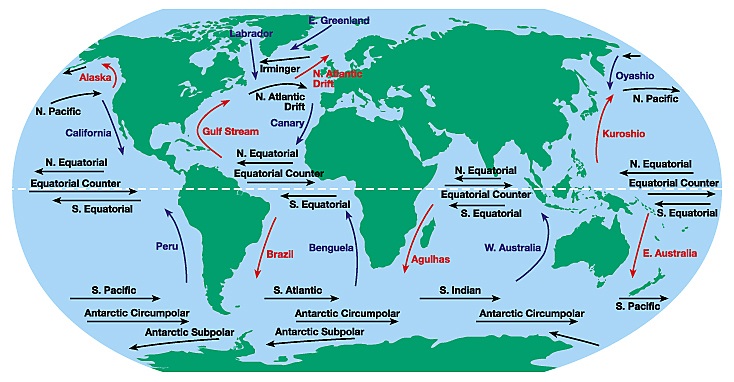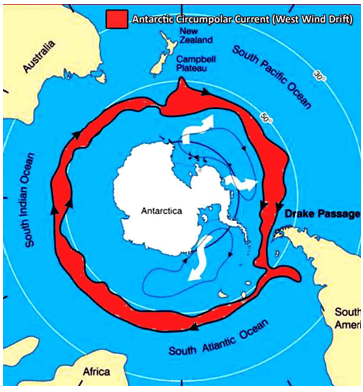Free Courses Sale ends Soon, Get It Now


Free Courses Sale ends Soon, Get It Now



Disclaimer: Copyright infringement not intended.
Context
About Antarctic Circumpolar Current

ATLANTIC OCEAN: NORTHERN HEMISPHERE
ATLANTIC OCEAN: SOUTHERN HEMISPHERE
|
PRACTICE QUESTION Discuss the role of the Antarctic Circumpolar Current in climate regulation. Explain how it influences global ocean circulation patterns and climate systems. |
© 2024 iasgyan. All right reserved